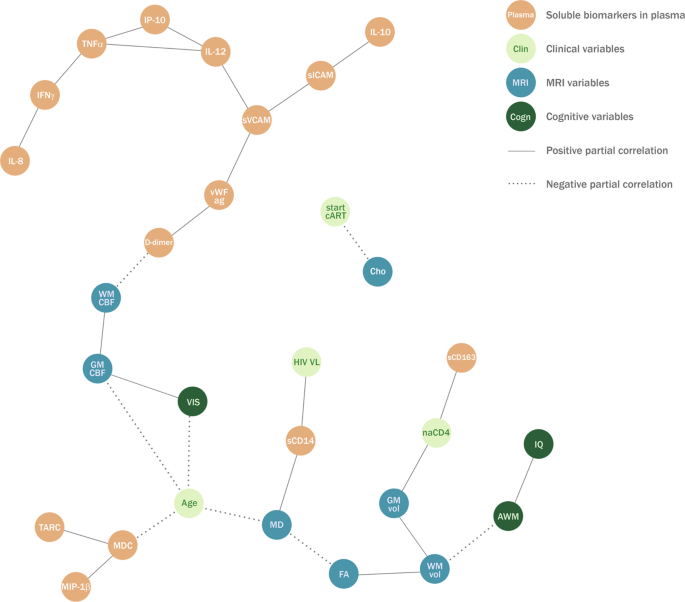Healthy infants exhibit a well-functioning haemostatic system in-vivoand are not prone to easy bruising. The plasmatic coagulation system shows some particularities as many coagulation factors are known to be low at time of birth and adapt to adult levels within the first months of life. As shown by Cvirn et al., low procoagulatory factors are also accompanied by low levels of inhibitory factors, which result in a well-balanced haemostasis1.
Platelets of newborns exhibit impaired platelet function in in-vitroaggregation measurements2. This hypoaggregability is not due to a refractory state caused by preactivation during birth3. Multifactorial impairments in signal transduction have been shown to cause this hypoaggregability, including impaired calcium mobilization, lower numbers of α2-adrenergic receptors and lower GTPase activity in Gq-coupled receptors4,5,6. Despite these impairments, the phospholipid composition of neonatal platelet membranes and the overall phospholipid surface expression upon activation are similar to that of adult platelets.




